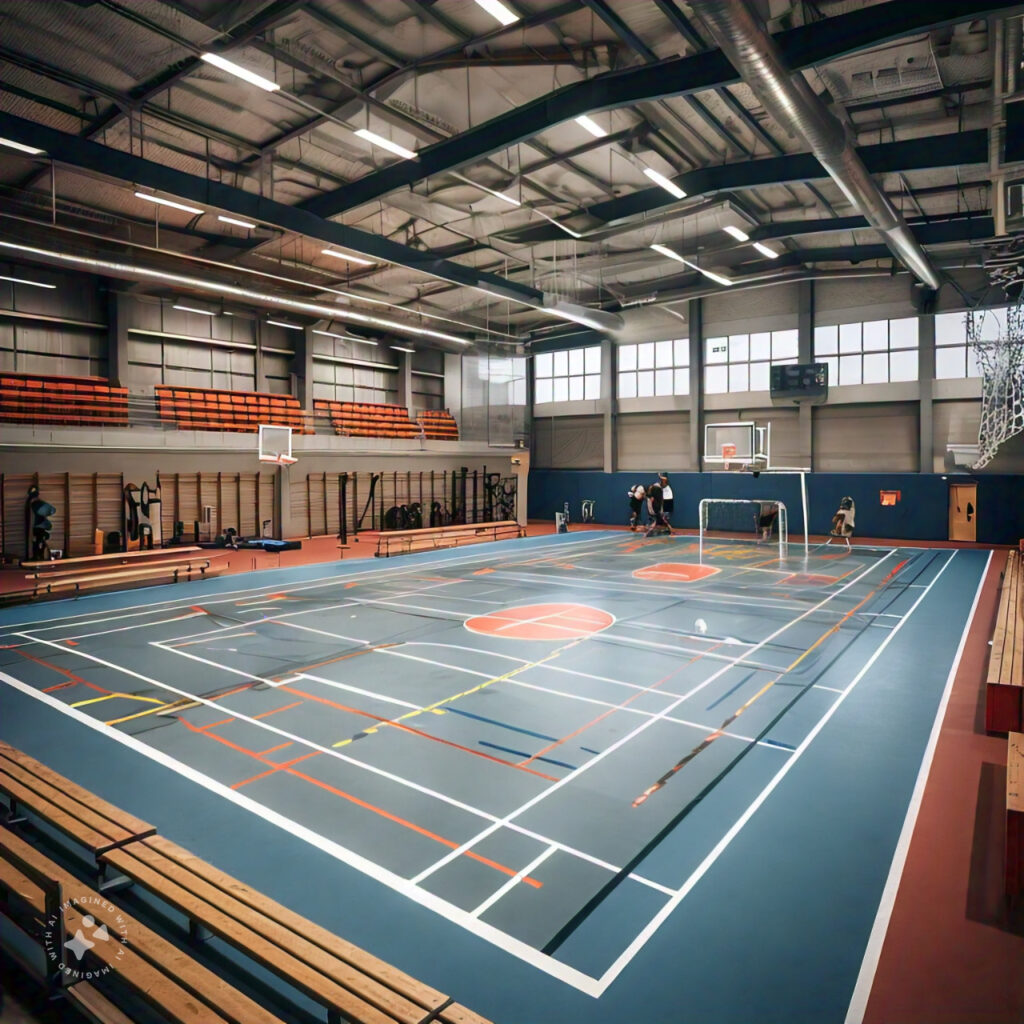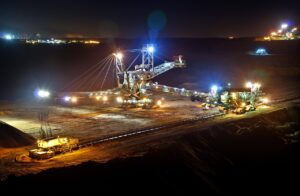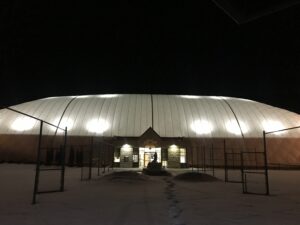Introduction: In sports facilities, design is more than just aesthetics. A well-thought-out layout has the potential to significantly boost your facility’s revenue. By carefully planning how space is utilized and how customers move within the venue, facility managers can increase participation, improve the overall customer experience, and maximize income. In this blog post, we explore the key components of smart sports facility design and how they contribute to long-term financial success.
1. Optimizing Space Utilization One of the most crucial aspects of sports facility design is optimizing space. Facilities that make the best use of their available area can host more events, accommodate a wider variety of sports, and generate more income from rentals and usage fees. Multi-use spaces are a perfect example of this. By designing areas that can easily switch between different sports or be used for non-sporting events, you ensure that the facility is in use year-round, thereby increasing revenue potential.
2. Efficient Customer Flow Smart sports facility design considers how customers move through the space. An efficient flow ensures that visitors can easily find their way to courts, seating areas, or services, reducing confusion and enhancing their overall experience. Moreover, thoughtful design encourages people to visit key areas, such as concessions or retail spaces, which can generate additional income. A streamlined customer experience encourages repeat visits, longer stays, and more spending.
3. Incorporating Revenue-Generating Zones Incorporating areas dedicated to generating revenue—such as snack bars, pro shops, or even wellness centres—can provide a steady stream of income beyond the core sports offerings. Strategic placement of these zones within the facility encourages customers to engage with them, driving up sales and rentals. The convenience of having these services available on-site enhances the customer experience while adding to the facility’s profitability.
4. Designing for Flexibility A flexible facility is a profitable facility. Sports trends change, and facilities that can quickly adapt to accommodate new activities are more likely to maintain relevance and attract a diverse audience. Whether it’s converting a basketball court into a space for indoor soccer or transforming a fitness area into a yoga studio, flexible design allows your facility to evolve with demand, ensuring that you can attract different user groups and keep your facility fully booked.
5. Enhancing Customer Experience through Design The overall experience that customers have at your facility plays a crucial role in their decision to return. By focusing on creating a welcoming atmosphere, offering comfortable seating, easy access, and clear signage, you improve satisfaction and build loyalty. Happy customers are more likely to return and recommend your facility to others, leading to increased participation and higher revenue.
6. Long-Term Revenue Growth Investing in smart sports facility design is not just about short-term gains. It’s about creating a space that can grow and evolve over time, ensuring financial sustainability. A well-designed facility can adapt to changing trends, host a variety of events, and serve both the sporting and broader community. This versatility ensures a steady income for years to come.
Conclusion: Maximizing revenue in a sports facility starts with smart design. By optimizing space, enhancing customer flow, and incorporating flexible, revenue-generating zones, facility managers can significantly boost their bottom line. The design choices you make today will have a lasting impact on the financial success of your facility.
Ready to unlock your facility’s full revenue potential?
Contact us today to learn how our expert design and flow management services can help you create a facility that maximizes both participation and profits.
Let’s build a winning facility together!
AI-Assisted Content Disclaimer
This article was created with AI assistance and reviewed by a human for accuracy and clarity.











